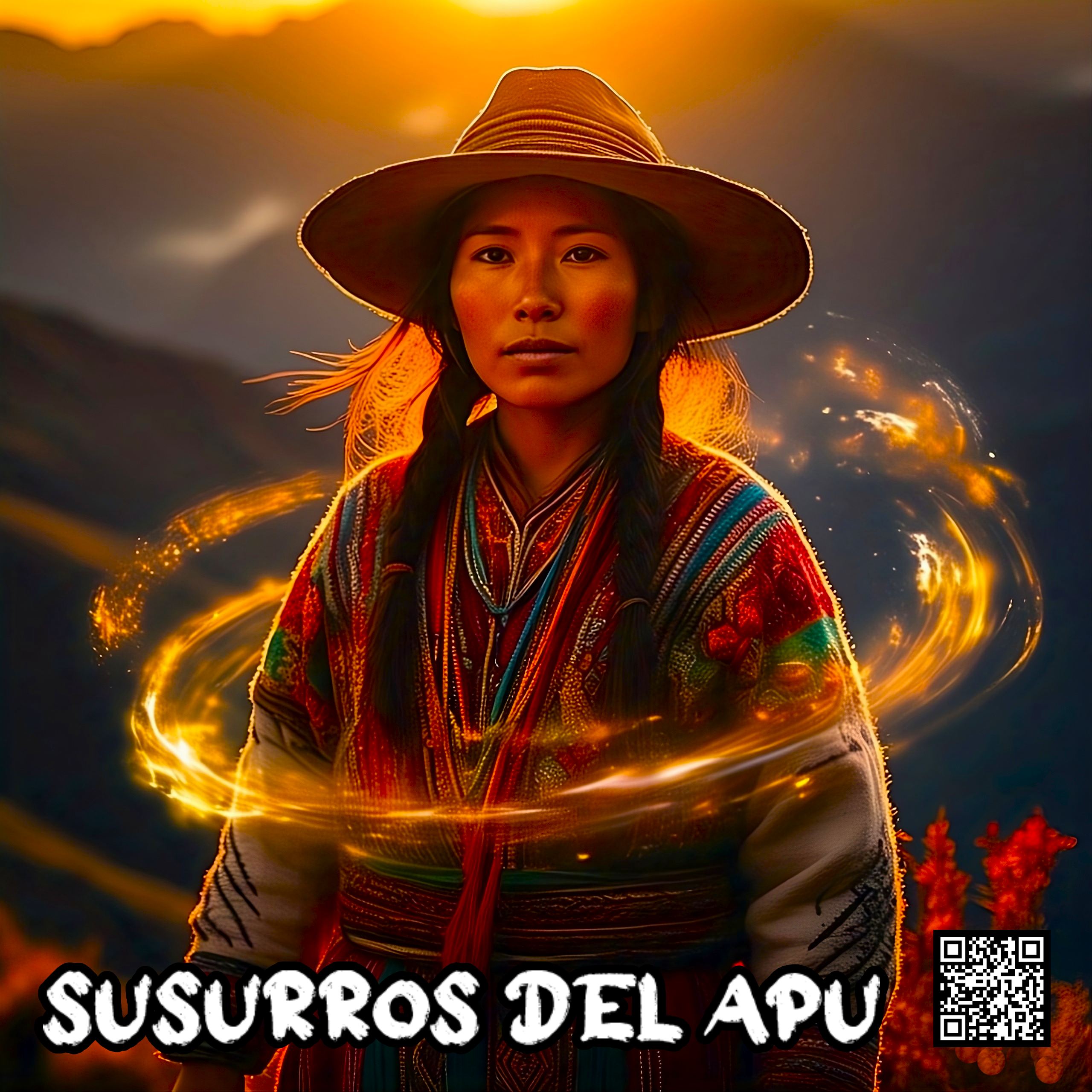ISO Human Spark: Be the Muse for AI-Human Art
No Experience Needed – Less is More “The Muse herself makes some men inspired, from whom a chain of other men is strung out who catch their own inspiration from theirs.”— Plato Google’s Deep Dive Podcast: Rediscovering the Human Muse in an AI-Driven Creative Future Vision, Heart, and a Desire to Inspire In an age where … Read moreISO Human Spark: Be the Muse for AI-Human Art









